Table of content
Deep-fried cake, also known as fried doughnuts or fried pastries in various cultures, is a beloved treat enjoyed worldwide. Its crispy exterior and soft, fluffy interior make it an irresistible snack, perfect for satisfying a sweet tooth or as a delightful accompaniment to a meal. While the exact recipe and name may differ from region to region, the basic principle of making deep-fried cake remains the same: combining ingredients to form a dough, shaping it into desired forms, and then frying it until golden brown.
In this comprehensive guide, we will delve into the art of making deep-fried cake, covering everything from selecting the right ingredients to mastering the frying technique. Whether you’re a seasoned baker or a novice in the kitchen, this guide will equip you with the knowledge and skills necessary to create delicious, homemade deep-fried cakes.
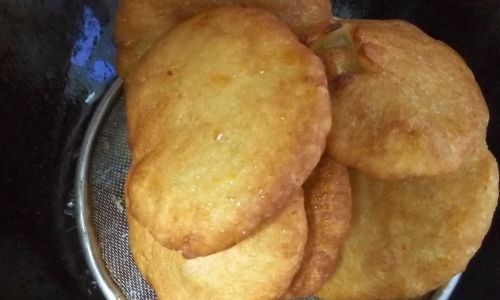
Ingredients Selection
Before we begin, let’s discuss the essential ingredients you’ll need. The quality of your ingredients will greatly impact the final outcome of your deep-fried cakes, so it’s crucial to choose them wisely.
-
Flour: All-purpose flour is a good choice for making deep-fried cakes as it provides a balance between gluten strength and tenderness. If you prefer a gluten-free option, you can use a blend of gluten-free flours like rice flour, tapioca flour, and almond flour.
-
Water or Milk: Liquid is necessary for forming the dough. Water is the most straightforward choice, but milk can add a touch of richness and flavor. For a vegan version, use a plant-based milk like almond milk or soy milk.
-
Leavening Agents: To achieve a light and fluffy texture, you’ll need some form of leavening agent. Baking powder or yeast are common choices. Baking powder works quickly and is suitable for recipes that don’t require a long rising time. Yeast, on the other hand, takes longer but can produce a more complex flavor and texture.
-
Salt: A pinch of salt enhances the overall flavor of the dough.
-
Sugar: Sugar not only adds sweetness but also helps with browning during frying. You can adjust the amount based on your preference for sweetness.
-
Fat for Frying: The type of oil or fat you use for frying will affect the taste and texture of your deep-fried cakes. Neutral oils like canola, vegetable, or peanut oil are good choices as they have a high smoking point and neutral flavor. For a more traditional taste, you can use lard or shortening, but be aware of their higher saturated fat content.
-
Optional Ingredients: Feel free to add other ingredients to your dough for added flavor and texture. Examples include grated cheese, chopped nuts, dried fruit, or spices like cinnamon or nutmeg.
Equipment Preparation
Before starting, ensure you have the necessary equipment to make and fry your cakes:
- Mixing Bowls: For combining ingredients and kneading the dough.
- Measuring Cups and Spoons: To accurately measure ingredients.
- Rolling Pin: For rolling out the dough to a uniform thickness.
- Cutting Tools: Such as knives or cookie cutters, for shaping the dough.
- Deep Frying Pan or Pot: Large enough to fully submerge the cakes in oil.
- Slotted Spoon or Frying Basket: To easily remove the cakes from the oil without spilling.
- Paper Towels or Clean Kitchen Towels: For draining excess oil from the cakes.
- Cooling Rack: To let the cakes cool and crisp up.
Step-by-Step Instructions
Prepare the Dough
-
Combine Dry Ingredients: In a large mixing bowl, whisk together the flour, baking powder (or yeast if using), salt, and sugar. Make sure the baking powder or yeast is evenly distributed throughout the flour to ensure even leavening.

-
Add Liquid: Gradually add water or milk to the dry ingredients, stirring with a wooden spoon or fork until a shaggy dough forms. If using yeast, you may need to add the liquid in stages, allowing the dough to rest and absorb the liquid before adding more.
-
Knead the Dough: Transfer the dough to a lightly floured surface and knead until it becomes smooth and elastic. This process usually takes about 8-10 minutes for dough made with baking powder and longer for yeast dough, which may need to rise before shaping.
-
Rest the Dough: Cover the dough with a damp cloth or plastic wrap and let it rest for about 15-30 minutes. This step allows the gluten to relax, making the dough easier to roll out and shape.
Shape the Dough
-
Roll Out the Dough: On a lightly floured surface, roll out the dough to a thickness of about 1/4 to 1/2 inch (6 to 12 mm). The exact thickness will depend on your preference for the final texture of the cakes.
-
Cut Out Shapes: Use a knife, cookie cutters, or a pizza cutter to cut the dough into desired shapes. Common shapes include circles, squares, or rectangles, but feel free to be creative.
-
Make Holes (Optional): If you prefer doughnuts with a hole in the center, use a smaller cookie cutter or a bottle cap to cut out the centers of the dough shapes.
-
Transfer to a Tray: Place the shaped dough pieces on a lightly floured tray or baking sheet, spacing them apart to prevent sticking.
Fry the Cakes
-
Heat the Oil: Pour enough oil into a deep frying pan or pot to fully submerge the cakes. Heat the oil over medium-high heat until it reaches a temperature of 350-375°F (175-190°C). You can use a deep-fry thermometer to monitor the temperature accurately.
-
Fry the Cakes: Carefully place a few dough pieces into the hot oil, being careful not to overcrowd the pan. Fry for about 2-3 minutes per side, or until they are golden brown and cooked through. Use a slotted spoon or frying basket to turn the cakes occasionally for even cooking.
-
Drain and Cool: Once golden brown, remove the cakes from the oil and let them drain on paper towels or a clean kitchen towel to remove excess oil. Place the drained cakes on a cooling rack to cool slightly and crisp up.
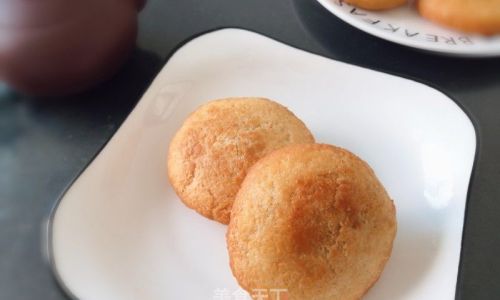
-
Repeat: Repeat the frying process with the remaining dough pieces, adjusting the heat as necessary to maintain the oil temperature.
Serve and Enjoy
-
Optional Glazing or Dusting: While the cakes are still warm, you can glaze them with a simple sugar syrup, dust them with powdered sugar, or sprinkle them with cinnamon sugar for added flavor and texture.
-
Serve: Arrange the deep-fried cakes on a serving plate and serve immediately while still warm and crispy. They can be enjoyed as a standalone snack, paired with a cup of coffee or tea, or served as a side dish with a meal.
Tips for Perfect Deep-Fried Cakes
-
Temperature Control: Maintaining the correct oil temperature is crucial for achieving a crispy exterior and a cooked interior. Too low, and the cakes will absorb too much oil; too high, and they will burn before cooking through.
-
Don’t Overcrowd the Pan: Frying in batches ensures that the oil temperature doesn’t drop too much when adding the dough pieces, which can lead to soggy cakes.
-
Use a Slotted Spoon: This tool helps to easily remove the cakes from the oil without spilling hot oil or dropping crumbs back into the pan.
-
Practice Patience: Deep-frying can be a bit of an art, and it may take a few batches to get the hang of it. Don’t be discouraged if your first attempt doesn’t turn out perfectly; with practice, you’ll get better.
Conclusion
Making deep-fried cakes at home may seem like a daunting task, but with the right ingredients, equipment, and techniques, you can create delicious, homemade treats that rival any bakery-bought version. Whether you’re looking for a sweet snack to satisfy a craving or a fun kitchen project to impress your friends and family, deep-fried cakes are a fantastic choice. So, gather your ingredients, roll up your sleeves, and start frying up some deliciousness today!
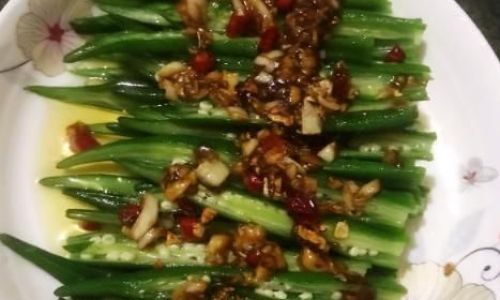
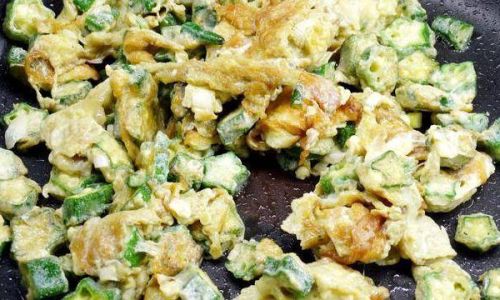
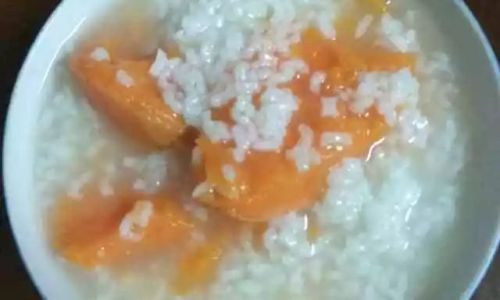
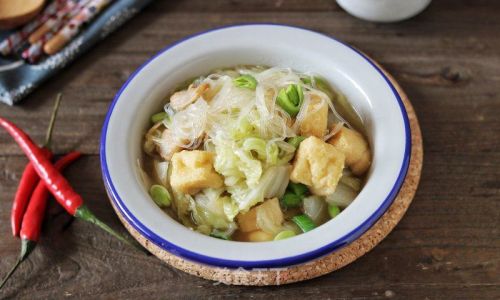
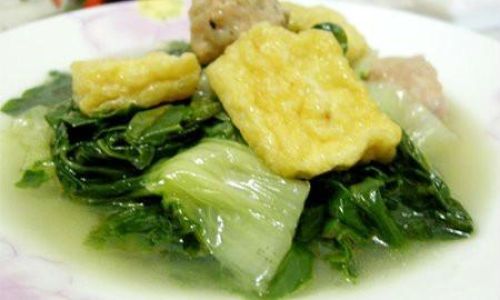
0 comments